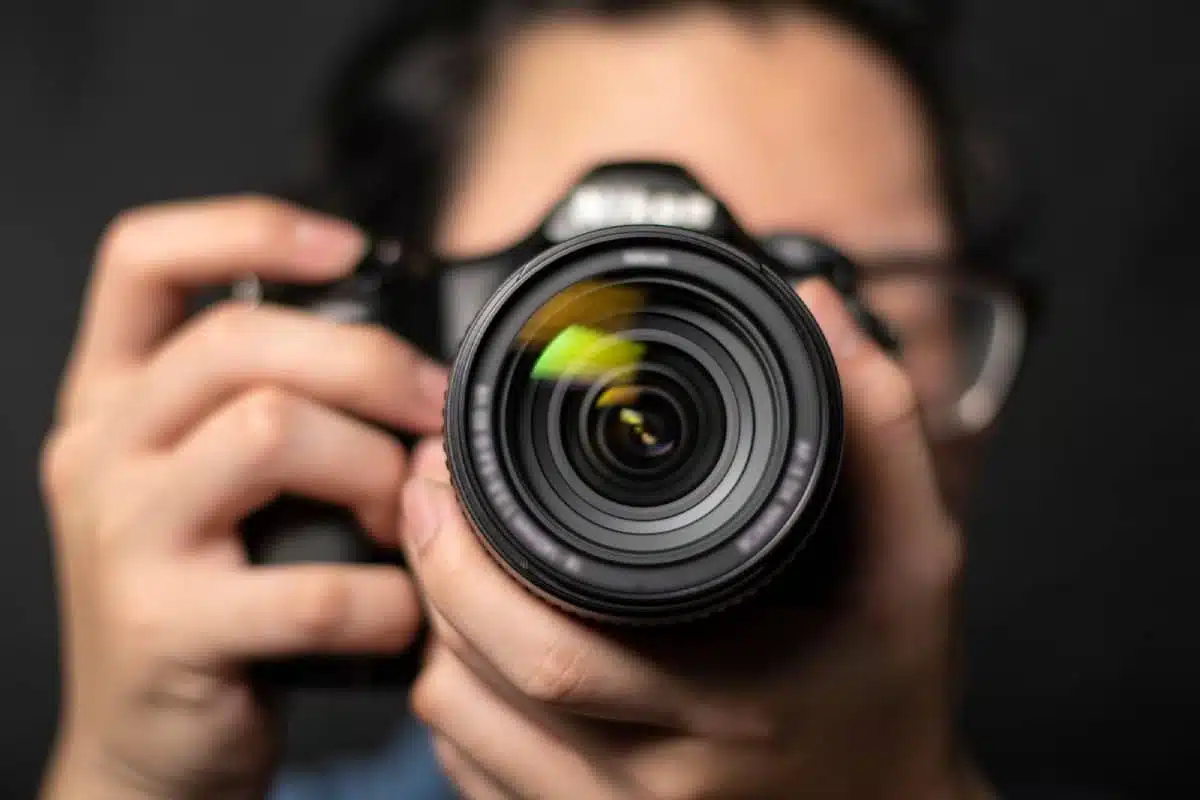Travel photography is about telling a story, preserving memories, and seeing the world through a different lens. Whether you’re a professional photographer or a passionate amateur, understanding the right gear and techniques can elevate your travel photography. This guide will explore essential equipment and practical tips to help you capture stunning photographs embodying your spirit of travel.
1. Choosing the Right Camera
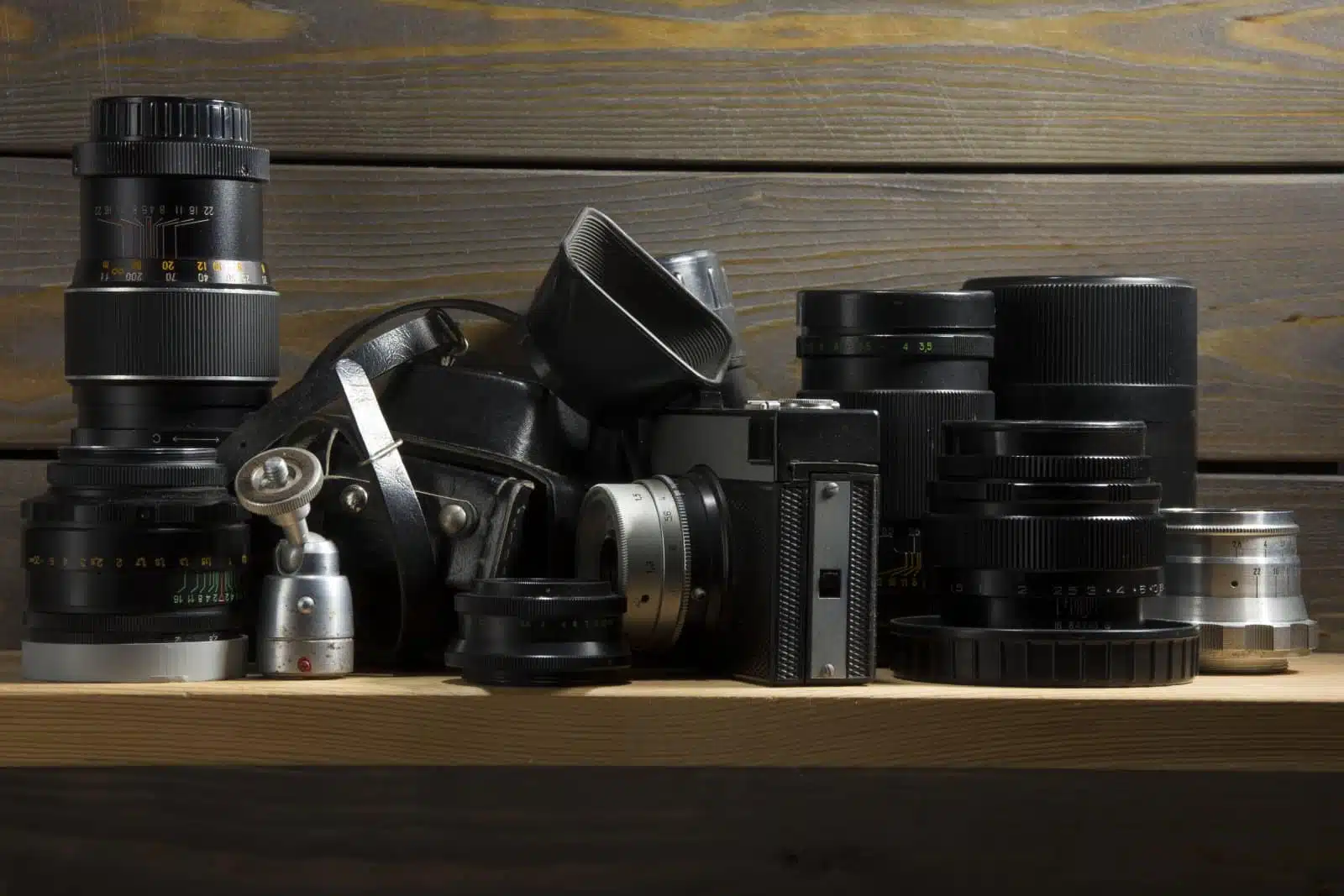
Image Credit: Shutterstock / -V-
Selecting the right camera is the first step in travel photography. For professionals, a DSLR or a mirrorless camera offers versatility and high-quality images. These cameras provide manual control over settings like aperture, shutter speed, and ISO, allowing for more creative freedom. Compact point-and-shoot cameras or advanced smartphones can suffice for casual photographers or those with space constraints. They offer convenience and increasingly high-quality results. Consider factors like weight, size, durability, and functionality when choosing your camera. Remember, the best camera is one that fits your travel style and photography needs.
Insider’s Tip
Invest in a good quality camera bag with padding to protect your equipment during travels.
2. Understanding Lighting
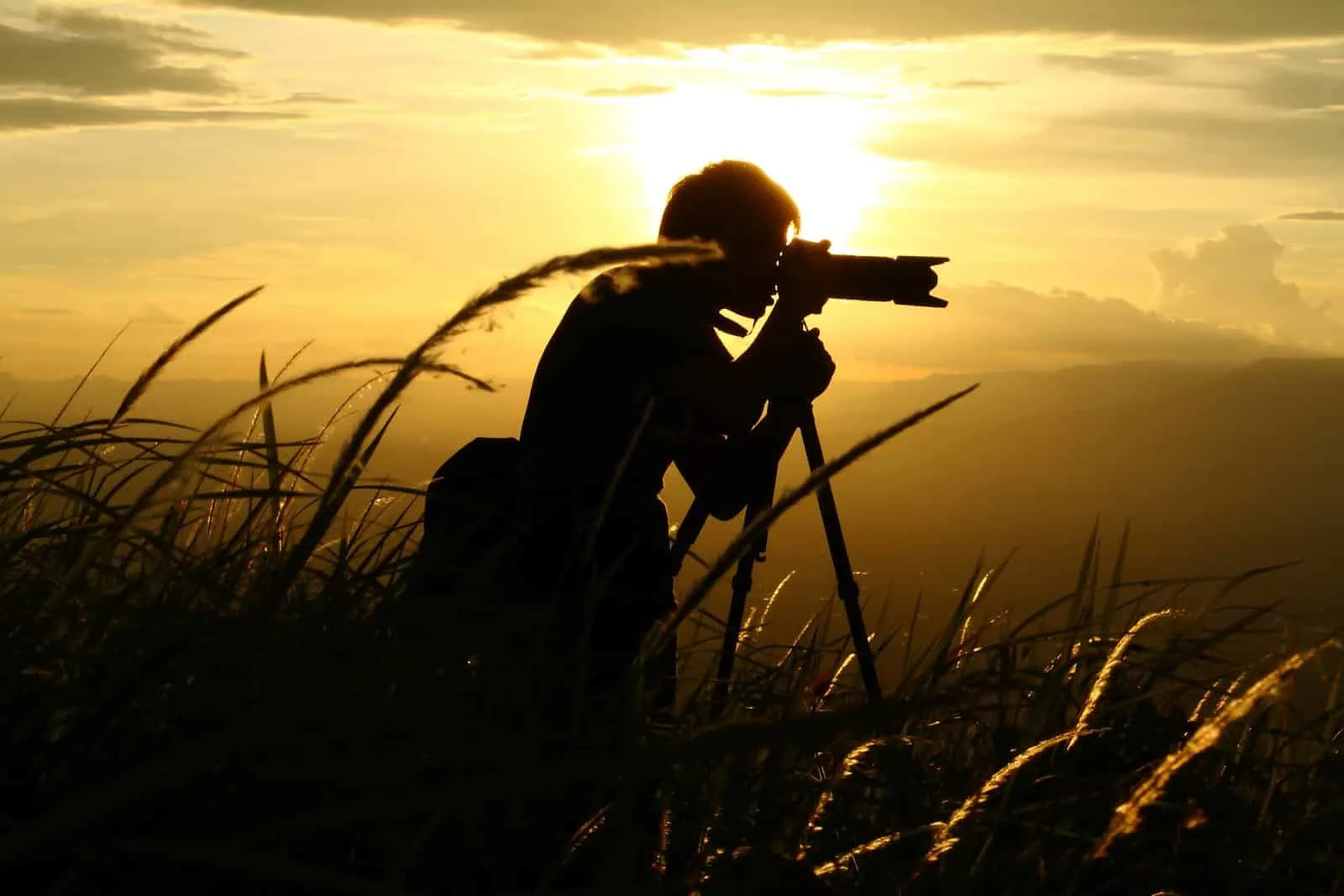
Image Credit: Shutterstock / bundit jonwises
Mastering lighting is crucial in travel photography. The best natural light is typically during the golden hours—shortly after sunrise or before sunset—when the light is soft and warm. Harsh midday sun can create strong shadows and overexposed spots. Learn to work with available light by adjusting camera settings or using techniques like backlighting to create dramatic effects. In low-light conditions, a tripod can be invaluable to stabilize your shot and avoid blurriness.
Insider’s Tip
Use a reflector or even a simple white sheet to bounce light onto your subject for better illumination.
3. Composition and Perspective
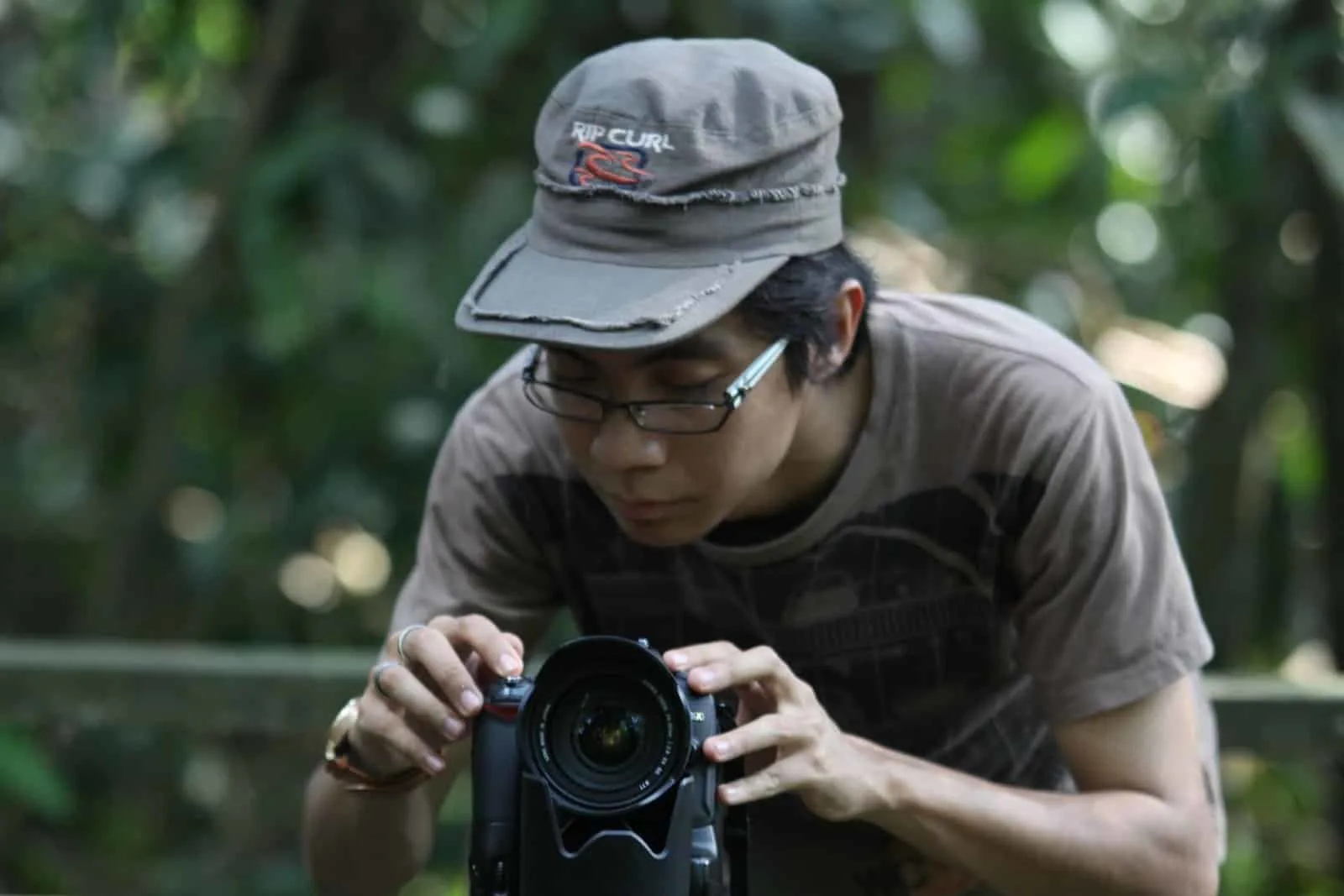
Image Credit: Shutterstock / cypopcolour
Composition is key to creating visually appealing photographs. Familiarize yourself with basic rules like the rule of thirds, leading lines, and framing. Experiment with different angles and perspectives to find unique ways to capture a scene. Don’t be afraid to play with symmetry or break conventional rules for a more dynamic composition. Pay attention to your foreground and background to ensure they complement rather than distract from your subject.
Insider’s Tip
Sometimes, stepping closer to your subject or changing your vantage point can drastically improve your composition.
4. Lens Selection
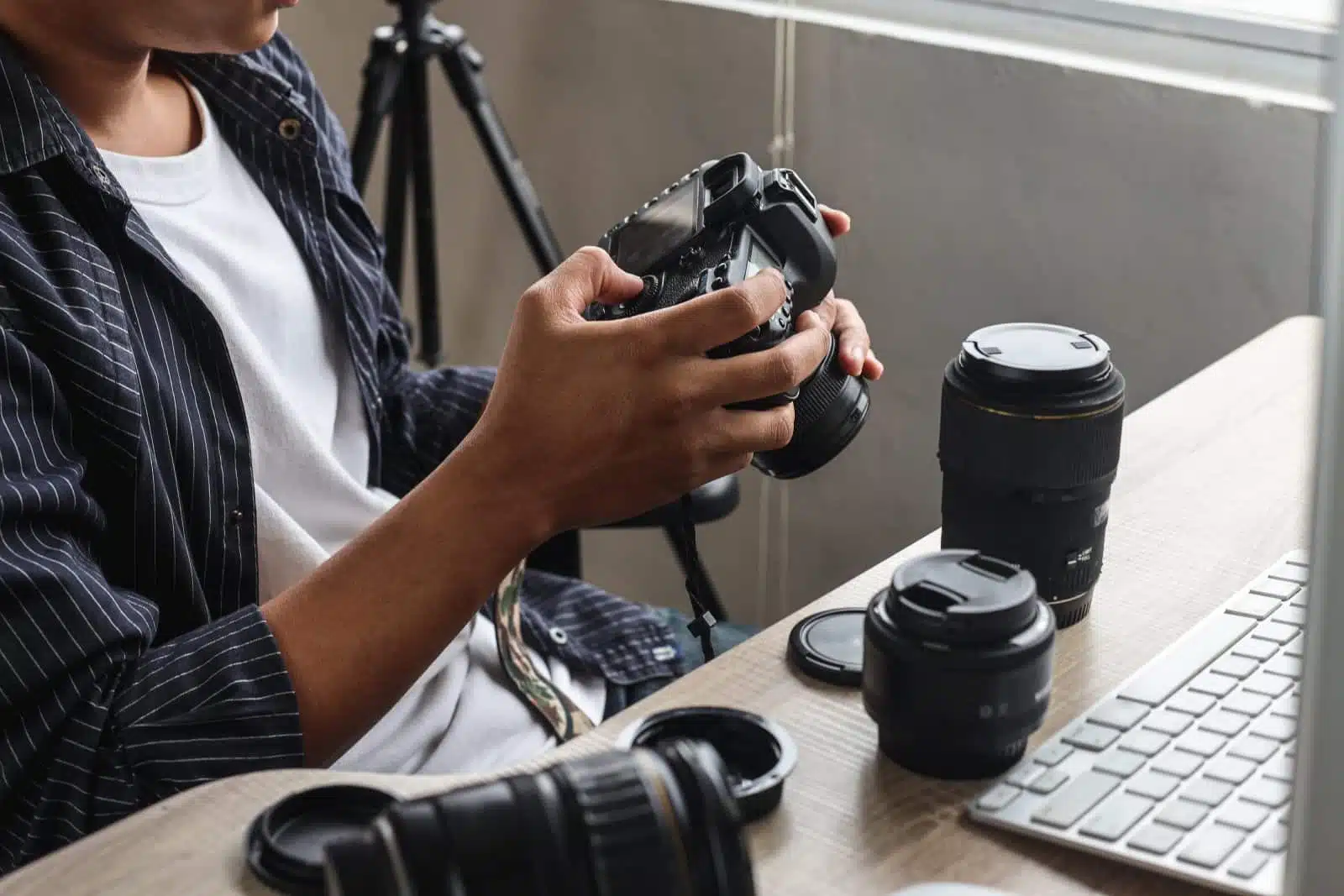
Image Credit: Shutterstock / Queenmoonlite Studio
The lenses you choose can greatly impact the style and quality of your photographs. A versatile zoom lens is practical for travel, covering a range of focal lengths without switching lenses frequently. With their fixed focal length, prime lenses offer superior image quality and wider apertures, ideal for portraits and low-light photography. Consider the types of subjects you’ll be shooting most often to determine the best lenses for your travel kit.
Insider’s Tip
A wide-angle lens is excellent for landscapes and architecture, while a telephoto lens is ideal for capturing distant subjects like wildlife.
5. Capturing Local Culture
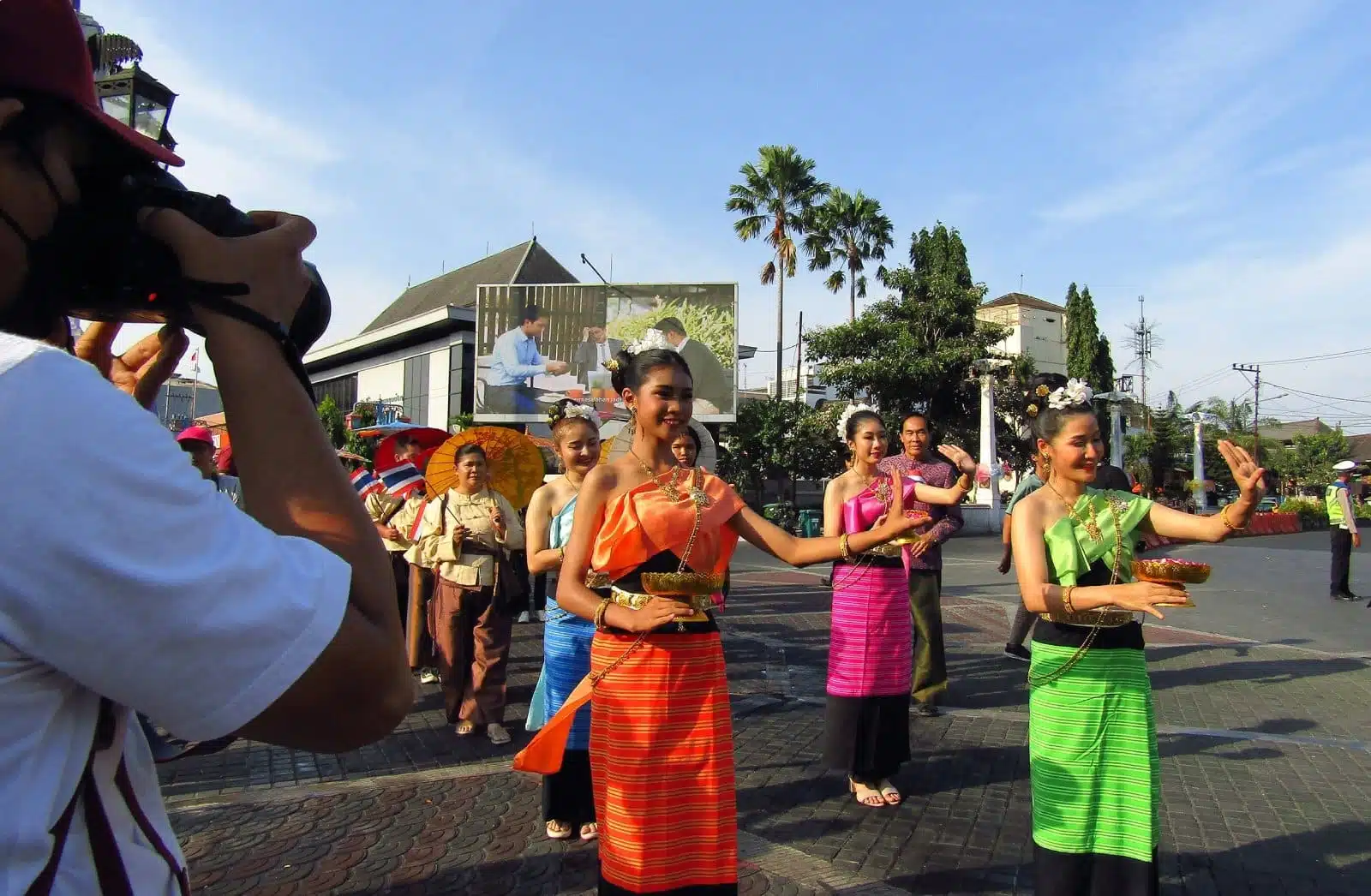
Image Credit: Shutterstock / Nugroho Imam
Travel photography offers a fantastic opportunity to capture the essence of local cultures. Respect and sensitivity are key when photographing people. Always ask for permission before taking someone’s photo. Try to capture candid moments that reflect the everyday life and traditions of the place. Local markets, streets, festivals, and events are great for this type of photography. Engage with locals to understand their story, which can add depth and context to your photographs.
Insider’s Tip
Spend time in one location to observe and understand the rhythm of life there, which can lead to more meaningful photographs.
6. Dealing with Different Climates and Environments
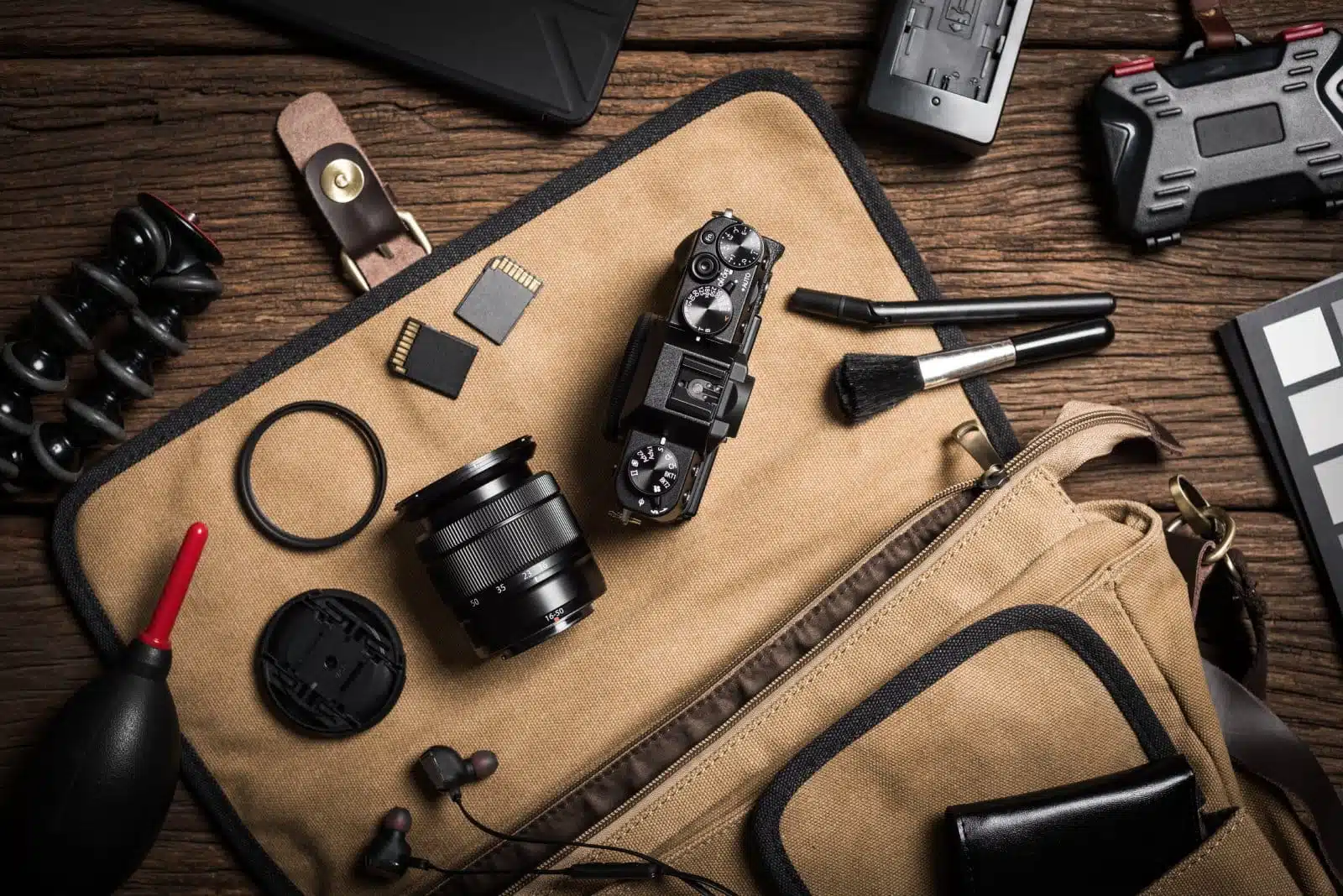
Image Credit: Shutterstock / Nor Gal
Different climates and environments pose various challenges for photography. Protect your gear with waterproof cases or bags in humid or rainy conditions. Keep your camera and lenses clean and protected in dusty or sandy environments, like beaches or deserts. Cold weather can drain your batteries faster, so keep spares in a warm pocket. Adapt your camera settings to suit the environment, such as a faster shutter speed for windy conditions or a polarizing filter for bright snowscapes.
Insider’s Tip
In challenging environments, taking extra precautions with your gear can save you from costly repairs or damage.
7. Travel Tripods and Stabilizers
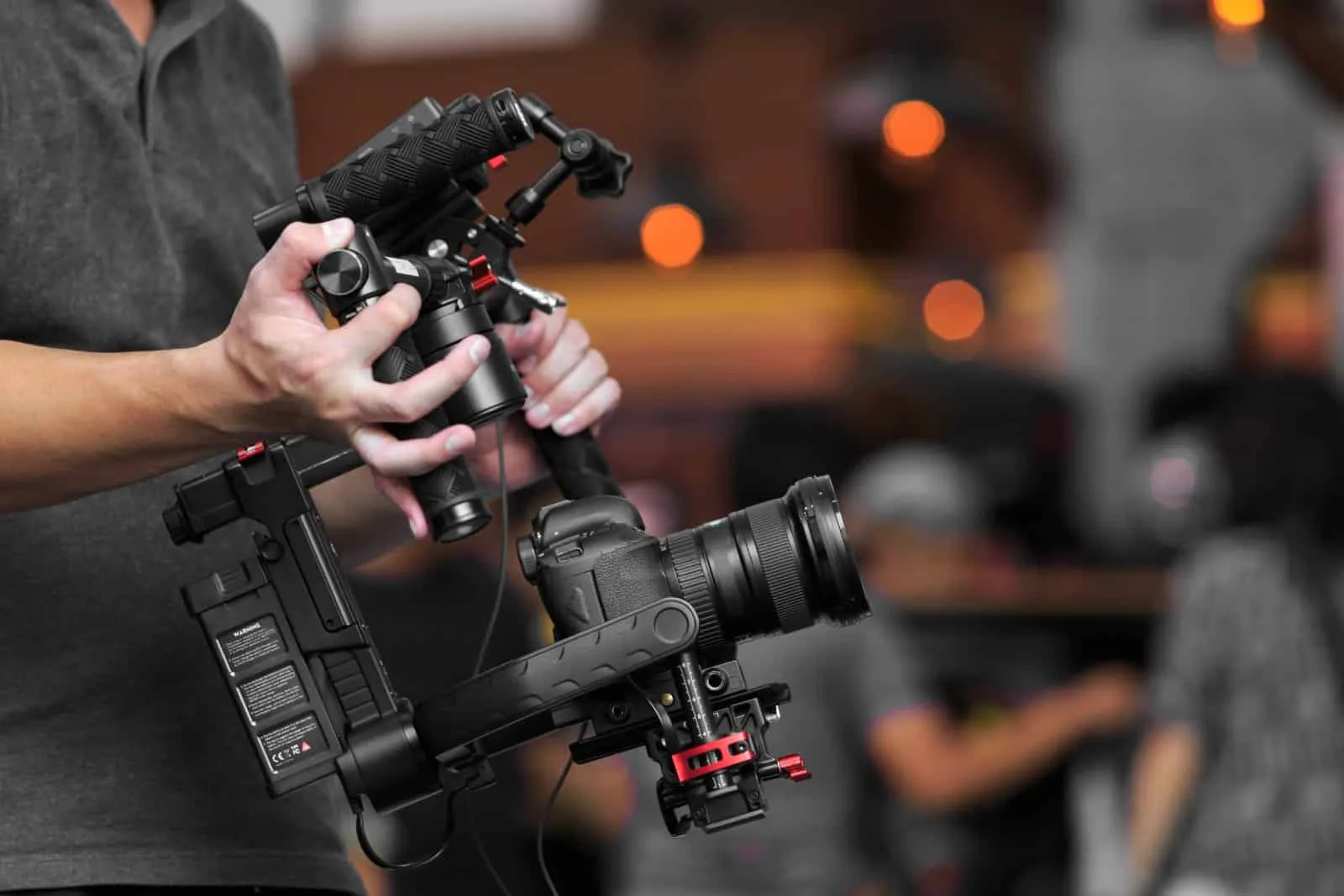
Image Credit: Shutterstock / Avigator Fortuner
A tripod or stabilizer can be crucial for certain types of travel photography. They’re essential for long exposures, time-lapses, or shooting in low-light conditions. For travel, consider lightweight and compact tripods that are easy to carry around. A stabilizer or gimbal for video shooting can also be beneficial if you capture moving subjects or shoot while in motion.
Insider’s Tip
Some compact tripods double as monopods, offering greater flexibility when on the move.
8. Editing and Post-Processing

Image Credit: Shutterstock / DC Studio
Post-processing is vital in travel photography to enhance your images and achieve the desired effect. Familiarize yourself with photo editing software like Adobe Lightroom or Photoshop. Basic adjustments such as cropping, adjusting exposure, and color correction can significantly improve your photographs. Be careful not to over-edit; the goal is to enhance the natural beauty of the shot, not to create an unrealistic image. Organizing and backing up your photos regularly is also crucial, especially when traveling for extended periods.
Insider’s Tip
Learn to shoot in RAW format for greater control during editing, as it captures more image data compared to JPEG.
9. Street Photography
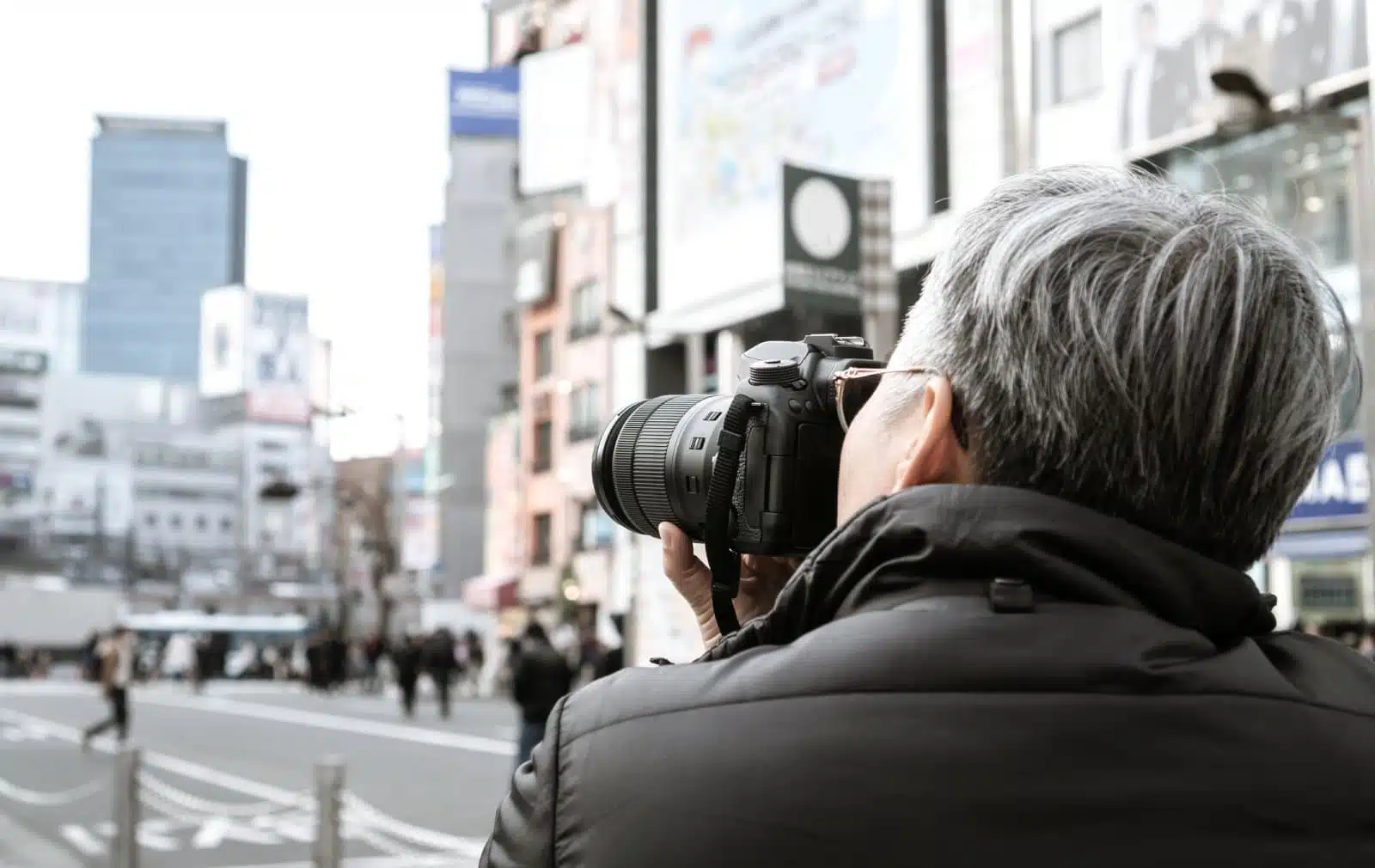
Image Credit: Shutterstock / smolaw
Street photography is a compelling aspect of travel photography, capturing the essence of a place through its people and everyday life. It requires a blend of patience, observation, and, sometimes, spontaneity. Use a lens that allows you to maintain a respectful distance from your subjects. Be aware of your surroundings and look for interesting scenes, expressions, or interactions. Street photography often involves quickly capturing fleeting moments, so being ready and comfortable with your camera settings is crucial.
Insider’s Tip
Blend into your surroundings and observe without interrupting the natural flow of the street to capture authentic moments.
10. Wildlife and Nature Photography
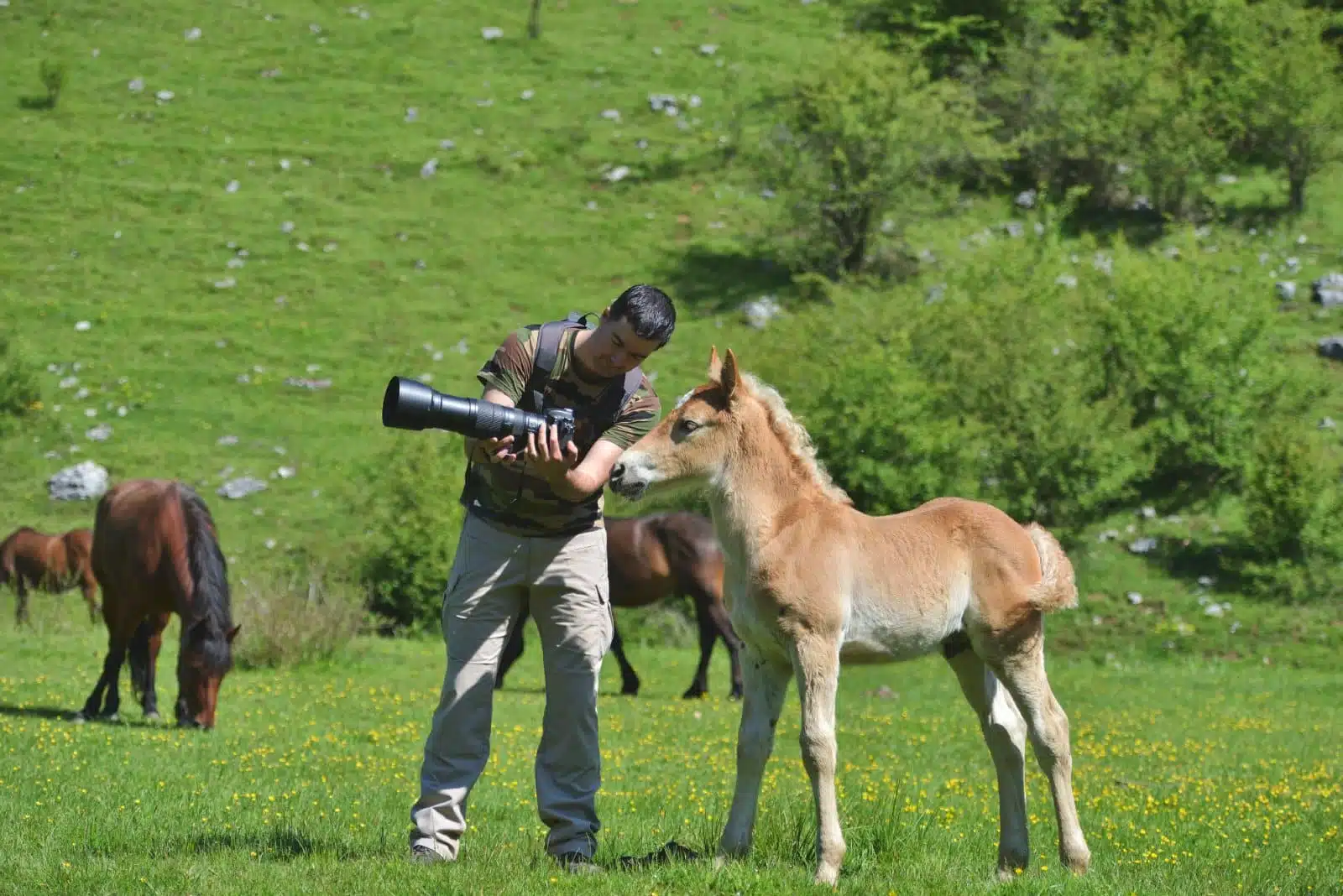
Image Credit: Shutterstock / Daniel Chetroni
Wildlife and nature photography can be incredibly rewarding but requires patience and respect for the environment. Use a telephoto lens to capture animals from a safe and respectful distance. Understanding animal behavior and being patient is key to capturing compelling wildlife shots. For nature photography, consider the landscape’s vastness and use a tripod to achieve sharp, well-composed shots. Be mindful of the natural environment and adhere to local guidelines to avoid disturbing wildlife or delicate ecosystems.
Insider’s Tip
Early morning or late afternoon often provides the best natural lighting for wildlife and nature shots.
11. Backup and Storage Solutions
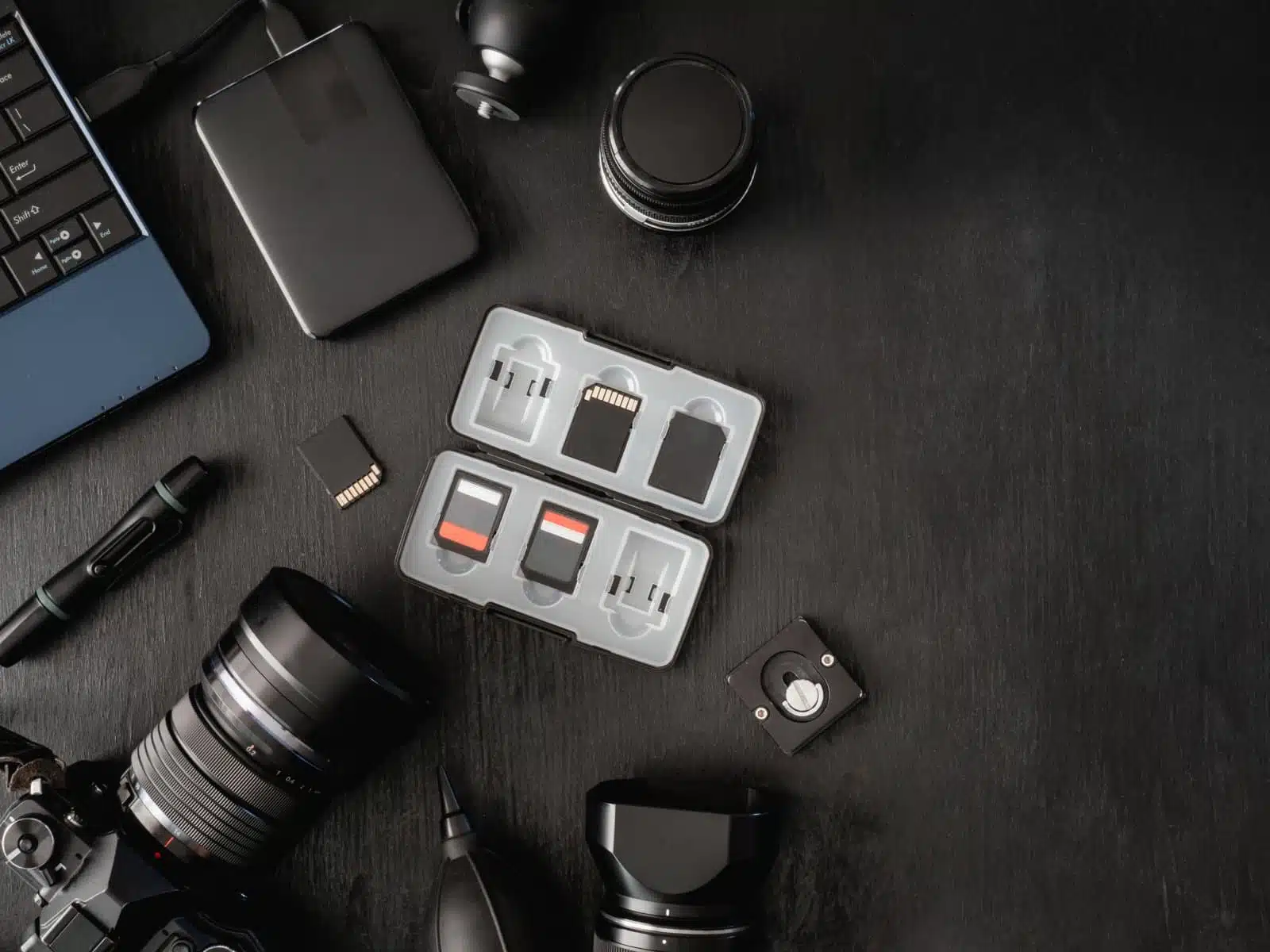
Image Credit: Shutterstock / EKKAPHAN CHIMPALEE
Regularly backing up your photographs is essential, especially during long travels. Invest in portable hard drives or cloud storage solutions to safeguard your images. Consider having multiple backup methods to ensure the safety of your photos. Organize your images in a way that makes them easily accessible for future use or reference. Losing photographs due to a lack of backup can be a traveler’s worst nightmare.
Insider’s Tip
Use a wireless hard drive to back up photos directly from your camera or phone without needing a laptop.
12. Ethical Photography
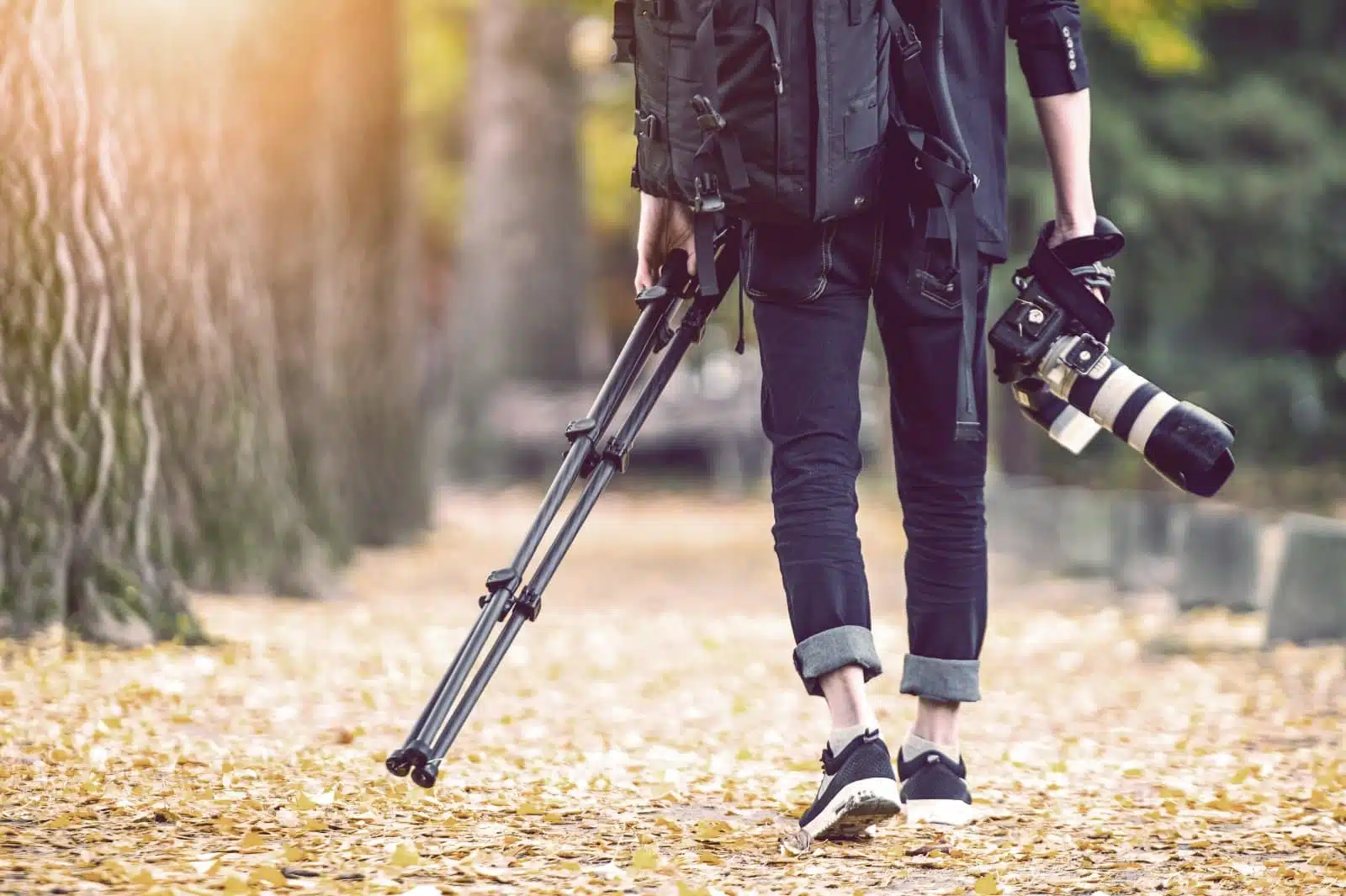
Image Credit: Shutterstock / Guitar photographer
Ethical considerations in travel photography are paramount. Always respect local customs and people’s privacy. Be aware of and sensitive to cultural norms, especially when photographing religious sites, ceremonies, or local communities. Ask for permission before taking photos of people, especially in close-up situations. Your responsibility as a photographer is to capture beautiful images and do so in a way that respects and honors the subject and the environment.
Insider’s Tip
Research and understand the cultural and ethical photography guidelines for each destination you visit.
The Bottom Line
Travel photography is an art that combines technical skill with creativity and cultural sensitivity. It’s about capturing moments that tell a story, convey an emotion, or reveal the beauty of the world. With the right gear, techniques, and ethical approach, your travel photographs can transcend being mere snapshots to become lasting memories and powerful narratives of your journey. Remember, the best photographs often come from a deep understanding and connection with the subject. So, immerse yourself in the environment, engage with locals, and explore different perspectives. Your camera is not just a tool but a passport to experiencing the world in a unique and profound way. Keep shooting, keep exploring, and let your photographs be a celebration of the incredible diversity and beauty of the world around you. Happy shooting, and may your travels bring endless opportunities for stunning photography!
More From The Green Voyage
12 Best Practices for Sustainable Travel in 2024 – How to Travel With Minimal Environmental Impact
Unlocking Hotel Perks – A Traveler’s Guide to Maximizing Hotel Reward Programs for Optimal Benefits
Travel Hacks for Frequent Flyers – 6 Tips and Tricks to Make the Best of Air Travel
The post 12 Top Tips to Long-Term Travel 2024 first appeared on The Green Voyage.
Featured Image Credit: Shutterstock / 19 STUDIO.
For transparency, this content was partly developed with AI assistance and carefully curated by an experienced editor to be informative and ensure accuracy.
Tips for Trip Success
Book Your Flight
Find an inexpensive flight by using Kayak, a favorite of ours because it regularly returns less expensive flight options from a variety of airlines.
Book Your Hotel or Special Accommodation
We are big fans of Booking.com. We like their review system and photos. If we want to see more reviews and additional booking options, we go to Expedia.
You Need Travel Insurance!
Good travel insurance means having total peace of mind. Travel insurance protects you when your medical insurance often will not and better than what you get from your credit card. It will provide comprehensive coverage should you need medical treatment or return to the United States, compensation for trip interruption, baggage loss, and other situations.Find the Perfect Insurance Plan for Your Trip
